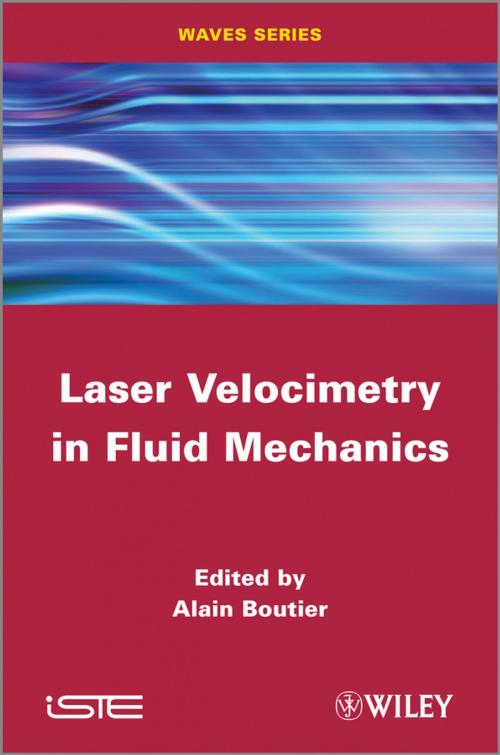| Author: | ISBN: | 9781118569337 | |
| Publisher: | Wiley | Publication: | January 9, 2013 |
| Imprint: | Wiley-ISTE | Language: | English |
| Author: | |
| ISBN: | 9781118569337 |
| Publisher: | Wiley |
| Publication: | January 9, 2013 |
| Imprint: | Wiley-ISTE |
| Language: | English |
In fluid mechanics, velocity measurement is fundamental in order to improve the behavior knowledge of the flow. Velocity maps help us to understand the mean flow structure and its fluctuations, in order to further validate codes.
Laser velocimetry is an optical technique for velocity measurements; it is based on light scattering by tiny particles assumed to follow the flow, which allows the local fluid flow velocity and its fluctuations to be determined. It is a widely used non-intrusive technique to measure velocities in fluid flows, either locally or in a map.
This book presents the various techniques of laser velocimetry, as well as their specific qualities: local measurements or in plane maps, mean or instantaneous values, 3D measurements. Flow seeding with particles is described with currently used products, as well as the appropriate aerosol generators. Post-processing of data allows us to extract synthetic information from measurements and to perform comparisons with results issued from CFD codes. The principles and characteristics of the different available techniques, all based on the scattering of light by tiny particles embedded in the flow, are described in detail; showing how they deliver different information, either locally or in a map, mean values and turbulence characteristics.
In fluid mechanics, velocity measurement is fundamental in order to improve the behavior knowledge of the flow. Velocity maps help us to understand the mean flow structure and its fluctuations, in order to further validate codes.
Laser velocimetry is an optical technique for velocity measurements; it is based on light scattering by tiny particles assumed to follow the flow, which allows the local fluid flow velocity and its fluctuations to be determined. It is a widely used non-intrusive technique to measure velocities in fluid flows, either locally or in a map.
This book presents the various techniques of laser velocimetry, as well as their specific qualities: local measurements or in plane maps, mean or instantaneous values, 3D measurements. Flow seeding with particles is described with currently used products, as well as the appropriate aerosol generators. Post-processing of data allows us to extract synthetic information from measurements and to perform comparisons with results issued from CFD codes. The principles and characteristics of the different available techniques, all based on the scattering of light by tiny particles embedded in the flow, are described in detail; showing how they deliver different information, either locally or in a map, mean values and turbulence characteristics.















